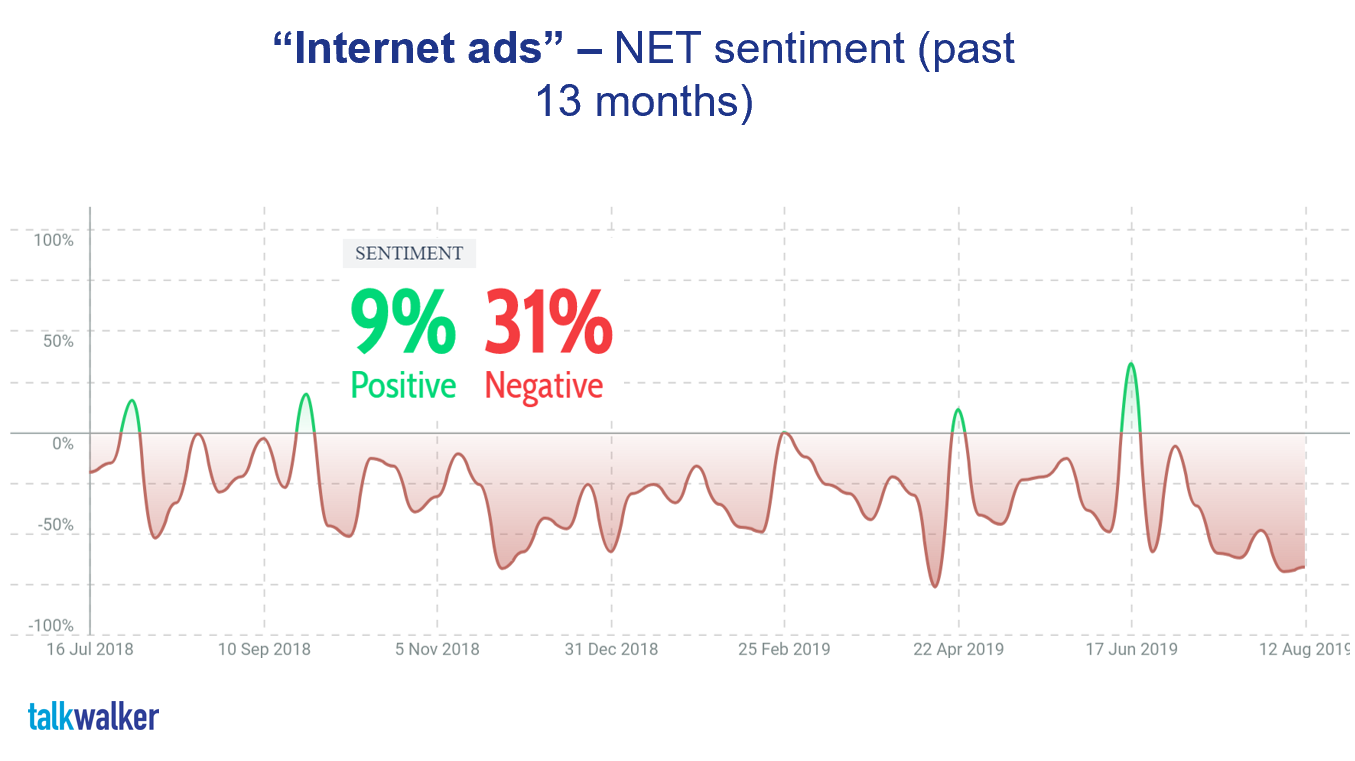Here Is How 5G Is Shaking Things Up For Brands In 2020
Rarely has a technological advancement such as 5G been so anticipated and welcomed with open arms. Seamless, easily accessible real-time connections to anything from anywhere in the world was the dream promised by mobile internet providers for many years now, and while 5G is still not up to "dream" standard, it's definitely leading the way.
Despite huge improvements in technology over the past 30 years, using mobile internet in 2019 still involved jumping through hoops that were majorly imposed by slow connections and increasing wait times. Regardless, some have suggested that, for digital marketers especially, this new generation of wireless connectivity may well be a game changer in 2020.
So what exactly is 5G? 5G is the fifth generation of mobile networks, exceeding the 4G standard we've become comfortable with. Unlike each of the previous generations, where new functionality was added (1G introduced voice, 2G introduced data for text and picture messages and 3G introduced data speeds fast enough for video calls), 5G, much like 4G before it, will be mainly centred around speed and capacity. 5G will allegedly offer speeds of as much as 10GBs per second, which essentially means that a full HD film that would take 10 minutes to download on a 4G network will take less than 10 seconds on 5G. Browsing speed will also be revolutionised; current 4G response times of 50 milliseconds will be replaced by just 1 millisecond on 5G, making browsing the internet almost instant.
This new hyper-localisation will add a brand new additional layer to persona segmentation in business', with personalisation and targeting becoming increasingly important with time. With taking into consideration that 94% of marketers already believe that delivering personalisation is critical or important to reaching customers, this is already becoming a huge trend that brands can no longer ignore.
However, some brands are already utilising all that 5G’s has to offer. Network operators around the world are vying to lead its development: BT, Huawei, O2, Apple and Samsung are just some of the brands that have started running tests using the new speedy technology. Consumer brands are competing to be at the forefront of the market in countries like the UK which are fast adapting to the new era. For brands who were brave enough to trial the technology in mid-2019, the risk paid off.
However, telcos aren’t the only ones getting excited; at the Mobile World Congress Ericsson demonstrated the network’s capabilities by allowing attendees to use their Oculus Rift headset to remotely control a digger, thousands of miles away in Sweden. Ericsson also has plans to demonstrate 5G at the upcoming Winter Olympics in South Korea.
Additionally, the lower latency that will come with 5G may mean that consumers are less compelled to use ad-blockers.
Currently, more than a third of people who use ad-blockers say that the slow load speed is their major gripe. 5G is slowly looking to solve that and enable marketers to get more ads out to more people much faster than before. This alone could also help to create more positive relationships between brands and consumers, with the frustration over slow-loading ads no longer a concern.
5G is also likely to create exciting new possibilities for marketers. As the Internet of Things grows and devices become increasingly interconnected, the amount of information brands have on their users will continue to grow. This will allow for even more personalised messaging, sent at times when it is most likely to resonate with the user.
With more and more people now spending time at home, both for work and entertainment, there's no doubt that 5G services will start becoming the new normal every-day internet access option for families and business' alike worldwide.
